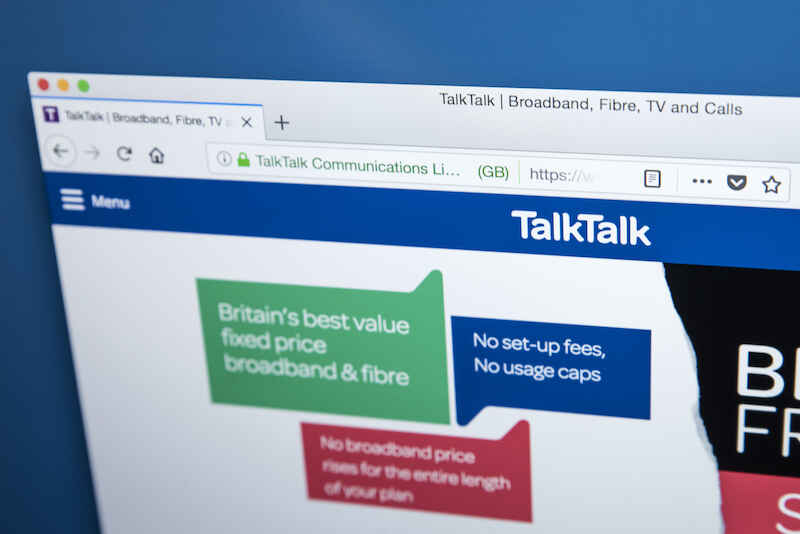How to reduce your energy bills through loft insulation

Share this guide:
Last updated: 14 July 2021
Save money on your energy bills
Enter your postcode below to get started
How much will loft insulation save me?
The savings you can make by insulating your loft will vary depending on the type of house and if you already have any existing insulation. Installation costs will also vary depending on what you want to use the loft for, or if you plan to insulate it all yourself.
Investments in insulating an uninsulated loft can be made back within two years of installation, whereas this will take a lot longer if you’re just topping up your loft insulation.
The installation cost can be offset by claiming under the UK’s Green Home Grant scheme, where eco-home renovations can be covered up to £5,000 per household.
An added bonus to making your house more energy-efficient, it will also go some way to increasing your home’s value.
Insulating Storage Lofts
If you’re only looking to use your loft for storage space, it does not need to be heated and so insulation can be installed in the loft floors. In most cases, this job can be done by yourself using mineral wool as an insulator.
Insulating like this will make your house warmer but might leave the loft colder. It is therefore important to keep an eye on any tanks or pipes as freezing can occur in cold weather.
DIY Insulation
Before installing loft insulation, it is important to check that there are no pre-existing problems with damp as this can be made worse through insulation.
When installing loft insulation from scratch or topping up existing roof insulation, avoid squashing the mineral wool as this will reduce its effectiveness will not produce the desired energy savings.
A common problem in loft insulation is a poorly fitted loft hatch. This can cause draughts and allow more hot air to escape. To combat this, replace with a better-fitted hatch and install draught-stripping around it.
Safety
If you are insulating a loft yourself, ensure that you either have fixed floorboards or that any heavy objects are properly secured to prevent anything from falling to the lower level.
Be aware of any pipes and cables you may have in your house. If you are unsure about carrying out the job safely then you should consult a registered insulation installer.
When insulating with mineral wool, it is important to use protective clothing, masks and goggles to protect against stray wool fibres.
Insulating Loft Living Space
If you use your loft as a living space, roof insulation will need to be layered between and over the rafters. Typically, this is done with either insulation board or sprayed foam insulation. Insulation will also need to be installed in any gables as well. Converting your loft into a living space is NOT a DIY job and a professional installer will be needed.
Professional Installation
If you are unsure about insulating your loft yourself, or you wish to convert your loft into a living space then you should be using a professional installer.
Loft insulation installation must follow building regulations and if done poorly can be very ineffective. It is recommended that you only use installers registered with the National Insulation Association (NIA).
Companies have been known to offer spray foam insulation to repair to fixed leaking or damaged roofs, this is not recommended as it can cause increased damp.
We are an independent and impartial price comparison website.
Our services are 100% free to use.
usave.co.uk is supported by its users. When you make a purchase through links on our site, we may earn an affiliate commission.
Don't miss these
-
-
How to Pay Your Energy BillsTariffs and Bills
-
-
Read on our blog

With the government poised to implement tough new measures to...

Budget broadband provider TalkTalk has been notifying customers via email...

A year-long investigation by charity Citizens Advice has revealed a...

Education Secretary Nadhim Zahawi has announced a new commitment to...






